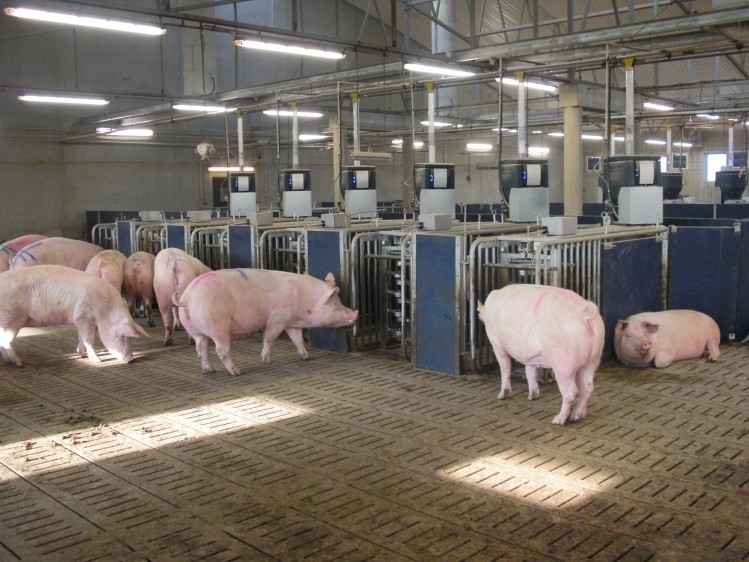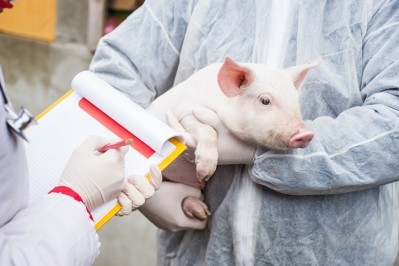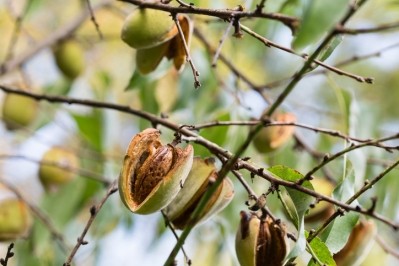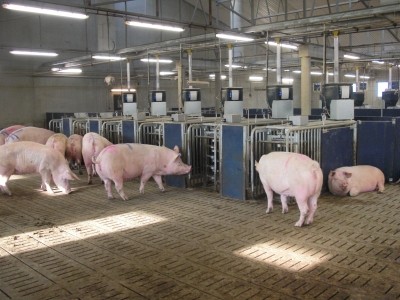Impending US swine farm looks to source local feed

When completed, the breeding facility operated by Minnesota-based Pipestone Systems would house about 6,500 breeding sows along with young piglets and replacement gilts, said Barry Kerkaert, president of Pipestone Grow Finish.
Piglets would be removed after about 23 days and relocated with the farmers in Minnesota and Iowa who own the farm, he said. The group is still looking for farmers willing to participate from North Dakota.
The $15m project would look to source local feed and feed ingredients, he told us. The feedstuffs include corn, dried distillers grains with solubles, 900 tons of soymeal and 300 tons of other feed ingredients.
“The estimated total feed cost is more than $2m a year and will be sourced locally,” he said. “But we don’t have a specific supplier identified at this point.”
Project details
The facility will sit on about 35 acres, including roads and a grove of trees, said Kerkaert. A series of buildings will house the animals, offices, feed and storage and a composting area.
In addition to building costs there would be an additional $4m involved in establishing the livestock production, he said. When operational it should employ about 17-20 full time workers and several part-time positions.
The group is looking to expand into North Dakota after being contacted by the state commissioner of agriculture and asked to bring in a facility, he said. “They have grains to be fed, and people, and population, and good infrastructure,” he added.
Additionally, the location offers good bio security as there are not many pigs in the area, he said.
Community questions
The group has had one information meeting with area residents, said Kerkaert. The facility also is moving through the application process and is currently in the comment period for its application to the health department.
“There hasn’t been any agricultural development with livestock for 20 years and though they had it when they were younger, it is something they’re not familiar with so they have a lot of concerns,” he said of the questions the group has received.
The company runs about 56 other, similar facilities, and have more than 300 farm families involved in the process, he said. And the group has been operating for about 25 years, he said.
“We try to instill confidence in the people,” he said. “We do know what we’re doing. These facilities are designed to last 40 years, and these farmers that have chosen to invest in those communities are proud [of them] and will take care of those facilities.”
The group fielded questions from the public that predominately dealt with concerns about the smell from the facility, the possibility of flies and road damage, said Kerkaert.
There will be an odor to the facility, as there is with any livestock operation, he said. However, the group will do what it can to mitigate the smell.
Precautions include that all animal waste will be maintained underground in concrete tanks, he said. There won’t be earthen lagoons or outdoor storage pits.
“We’ll sign a road haul agreement and we’ll be maintaining the road in as good or better condition than it was when we came,” he said.
There will be flies attracted to the facility and animals, he said, however, the group has had experience in managing pests.
“We have insect management control programs and flies don’t fly away, they stay close to the food source,” he said. “It shouldn’t be a risk to the neighbors. It’s in our interest to control it.”









